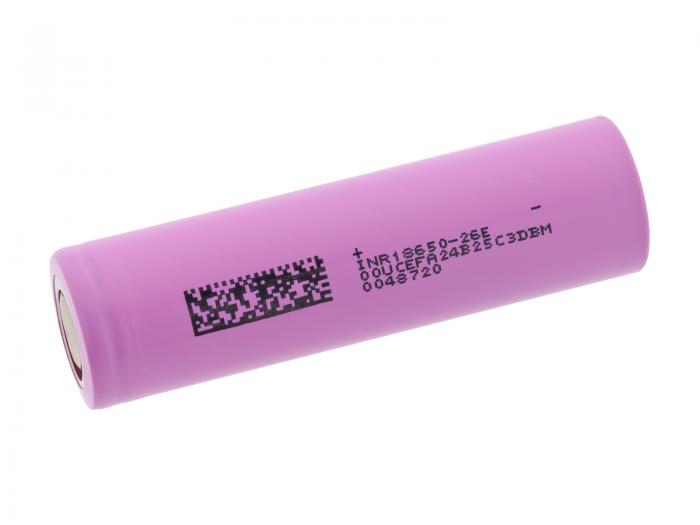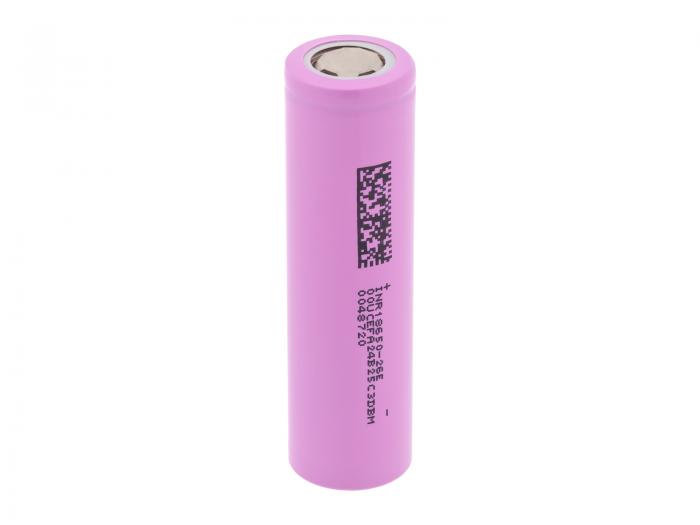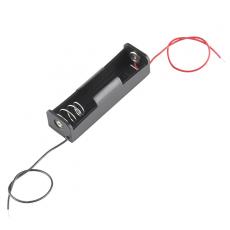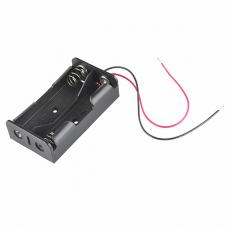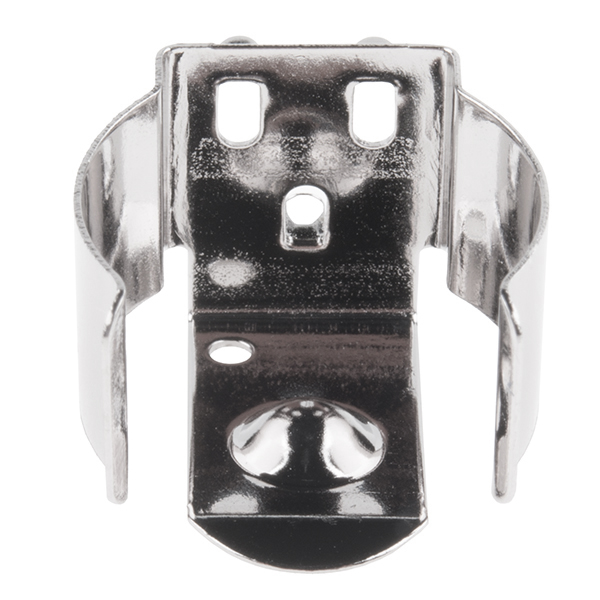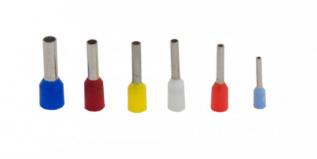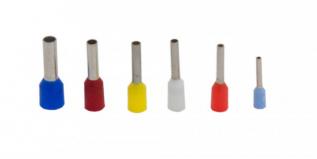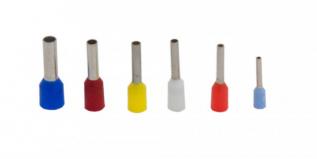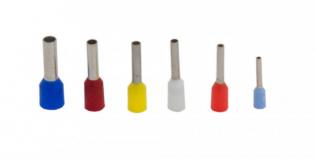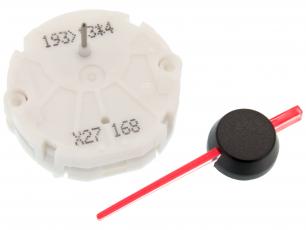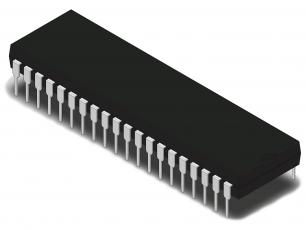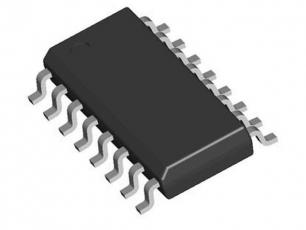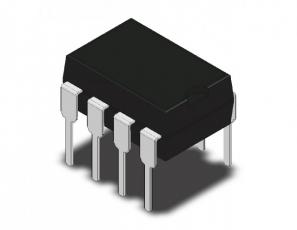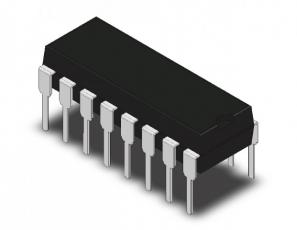Product description
Li-Ion 18650 battery cell with no protection circuit. These cells are suitable for building or repairing battery packs, flashlights, etc.
Specifications:
- Nominal capacity: 2600 mAh (minimum 2500 mAh)
- Nominal voltage: 3.7 V
- Max charging voltage: 4.2V
- Cutoff voltage: 2.75V
- Standard charge: 0.5C (1300 mAh)
- Max discharge current: 3C (7800 mA)
- Discharge current continuous: 1C (2600 mA)
- Weight: 47.0g
- Internal resistance: 25 m?
- Size: Height 65 mm x ø18.4 mm
- Operating temperature charging: 0 to 45 °C.
- Operating temperature discharge: -20 to 80 °C.
- Terminals: flat top
Read before use!
Be aware that the battery cell has no built-in protection circuit. When using lithium batteries, they should be used with a monitoring protection circuit or a BMS (Battery Management System). The protection circuit or BMS is a critical safety component that protects the cells from overcharging, overheating, overcurrent, deep discharge and short circuit. If any of the parameters go outside of the tolerated range, the protection circuit triggers an alarm or shuts down the process. Improper charging or discharging can lead to thermal runaway, which is the cause of explosions and fires in battery cells. A protective circuit of some type is essential for safe use. Charging under controlled conditions limits harmful wear and tear, so optimal cell performance can be maintained for a long time, even after many charging cycles.
Safety recommendations:
- Never charge or discharge without a protective circuit. Maximum charging voltage is 4.2V
- Never deep discharge, do not allow the cell voltage to drop below 2.5V.
- Do not discharge the cell with higher currents (A) than those indicated in the data sheet.
- Do not charge the cell with a higher current (A) than listed in the data sheet.
- Do not short-circuit the cell
- In battery packs, do not mix cells of different types, manufacturers or levels of use.
- Use the cell within the temperature range specified by the manufacturer
- Do not use, recycle cells with physical or functional damage.
- Do not allow contact with water or other liquids.
- Never incorrectly polarize the cell
- never solder directly to the cell's terminals. Use dedicated battery welding tool for nickel strips or use battery holders.

